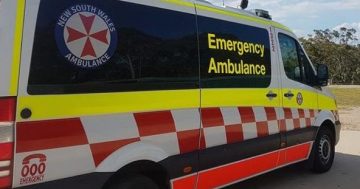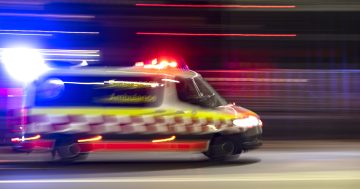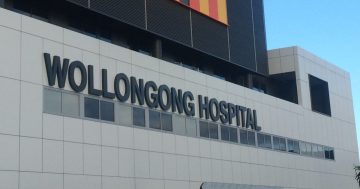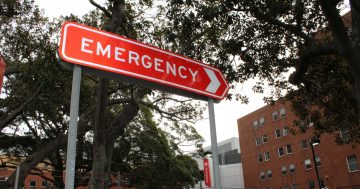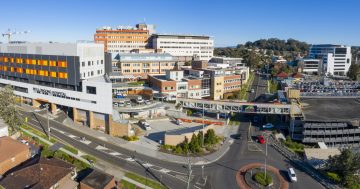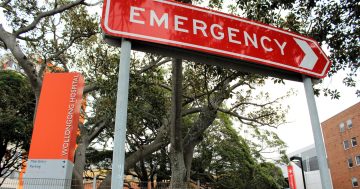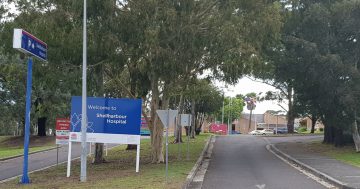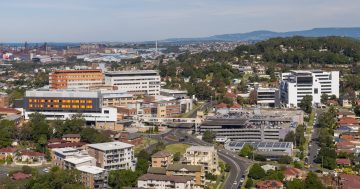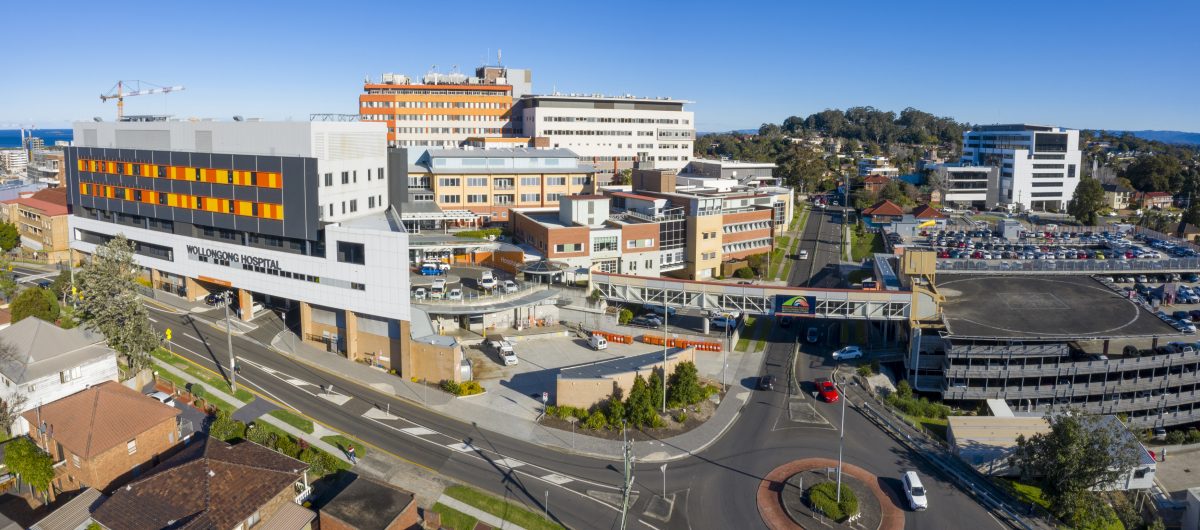
Illawarra Shoalhaven Local Health District executive director of clinical operations Margaret Martin said the district had experienced a record number of patients requiring complex assessment and treatment. Photo: Planning NSW.
The number of seriously ill patients at Illawarra emergency departments requiring resuscitation has reached a record high, according to the latest Bureau of Health Information (BHI) data.
However, despite more than 2000 additional patients attending local EDs across the district compared to the same time last year, there has been a decline in patients presenting with less urgent conditions.
The latest BHI quarterly report has shone a spotlight on the continued demand on emergency departments and elective surgery wait times across the Illawarra Shoalhaven Local Health District (ISLHD) from July to September 2023, and the initial effects of programs and initiatives aimed at easing the pressure.
Across the district, 41,566 patients presented at emergency departments during the quarter, an increase of 5.1 per cent (or 2021 patients) from 12 months ago but still lower than the previous three quarters.
Executive director of clinical operations Margaret Martin said ISLHD had experienced a record number of patients requiring complex assessment and treatment.
“During the quarter, there were 354 triage 1 (resuscitation) presentations and 5722 triage 2 (emergency) presentations, both representing a 17.2 per cent increase on the same quarter last year and the highest number of patients in these triage categories since BHI began reporting in 2010,” she said.
However, the number of patients in the semi-urgent category fell by 3.4 per cent from 12 months ago to 15,564.
This category, according to the NSW Health website, includes patients who have less severe symptoms or injuries such as a foreign body in the eye, sprained ankle, migraine or earache.
That figure is one of the lowest on record, after the April to June quarter in 2020 and the July to September quarter in 2021.
Patients with semi-urgent conditions can also be treated at NSW Health urgent care centres such as Bulli Hospital, or the Commonwealth-run facility at Corrimal.
This could have also have impacted how quickly patients were seen, with more urgent cases prioritised for emergency care.
“Further, the majority of patients (62.6 per cent) started their ED treatment on time – a 5.9 percentage points increase on the same quarter in 2022,” Ms Martin said.
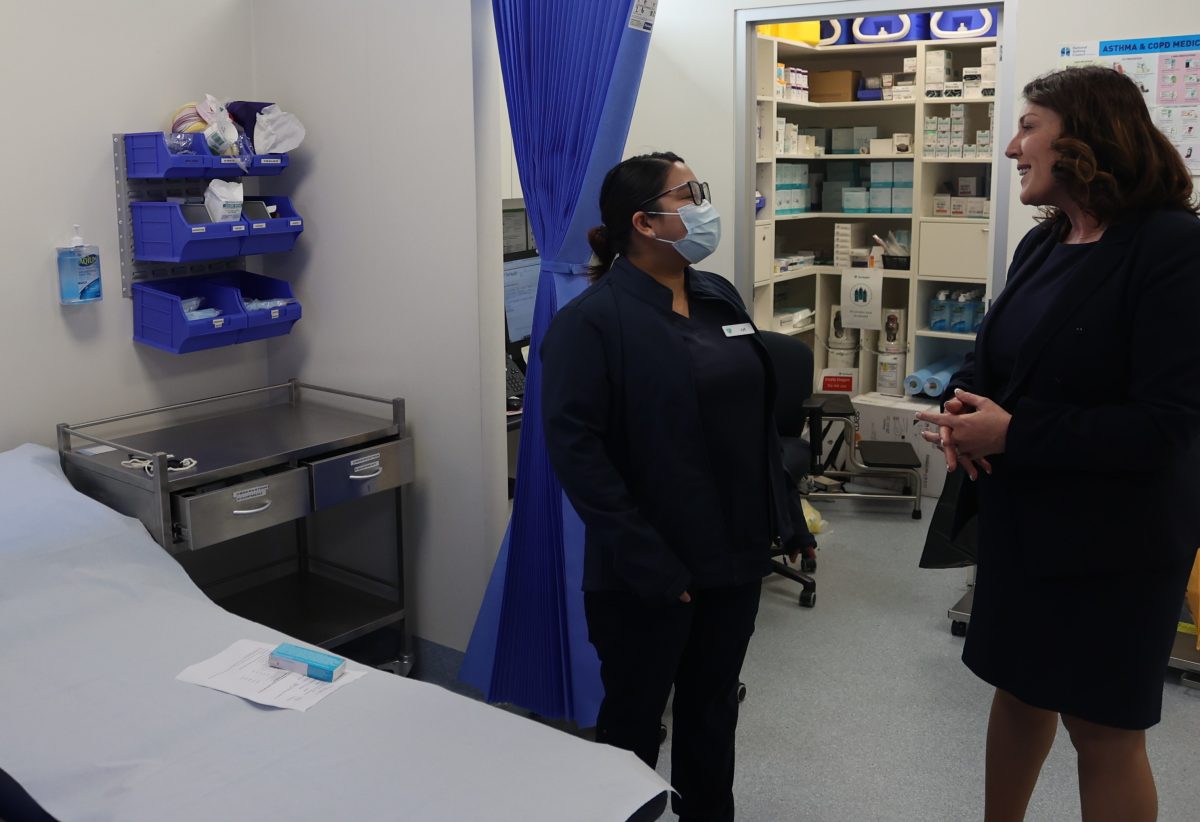
The Commonwealth-funded urgent care care centre at Corrimal and state-funded facility at Bulli could be helping ease the pressure on EDs. Photo: Supplied.
Several government initiatives have been rolled out in an effort to bring wait times down even further, including a new taskforce to address the issue.
“This Emergency Department Taskforce is the latest initiative in our suite of measures to improve wait times and access to care, including supporting and boosting our workforce; and embracing innovating initiatives to divert pressure from our hospitals,” Health Minister and Keira MP Ryan Park said.
“We won’t undo 12 years of underinvestment in our health system overnight, but I can assure staff and the community that seismic structural reforms are underway to turn things around.”
Initiatives such as the Emergency Short Stay Assessment Unit, Hospital in the Home and virtual care have also assisted in ensuring that patients get the appropriate care in the correct settings.
ISLHD appears to finally be making headway on its elective surgery wait times, although the waitlist has continually increased throughout the year.
There were 3418 surgeries performed across the district in the last quarter, 60 fewer procedures than the same time last year.
After the waitlist started to drop drastically in 2022, the numbers have continued to creep up again this year, with 226 more patients than the previous quarter.
“Improving our planned surgery performance and ensuring patients are receiving timely access to care is a key priority for the district,” Ms Martin said.
Despite the waitlist figures going up, the wait times are actually going down. The number of patients waiting longer than recommended for semi-urgent and non-urgent procedures is the lowest it’s been since January to March 2020.
“Over the past year, we have also significantly reduced the number of patients who were waiting longer than clinically recommended for planned surgery, from 1,019 people at the end of September 2022, compared with 369 at the end of September 2023,” Ms Martin said.
Innovative models of care being used to help keep wait times down include maximising opportunities for day-only surgery as well as the support by the district’s Virtual Hospital Ward for appropriate post-operative care.
Backlogs for admissions are also being addressed through initiatives like the Transitional Aged Care Program beds, which opened at Figtree last month, enabling more patients to be safely discharged from hospital while they wait for a residential aged care place to become available, and the statewide expansion of the Virtual Clinical Care Centre announced earlier in the year.









